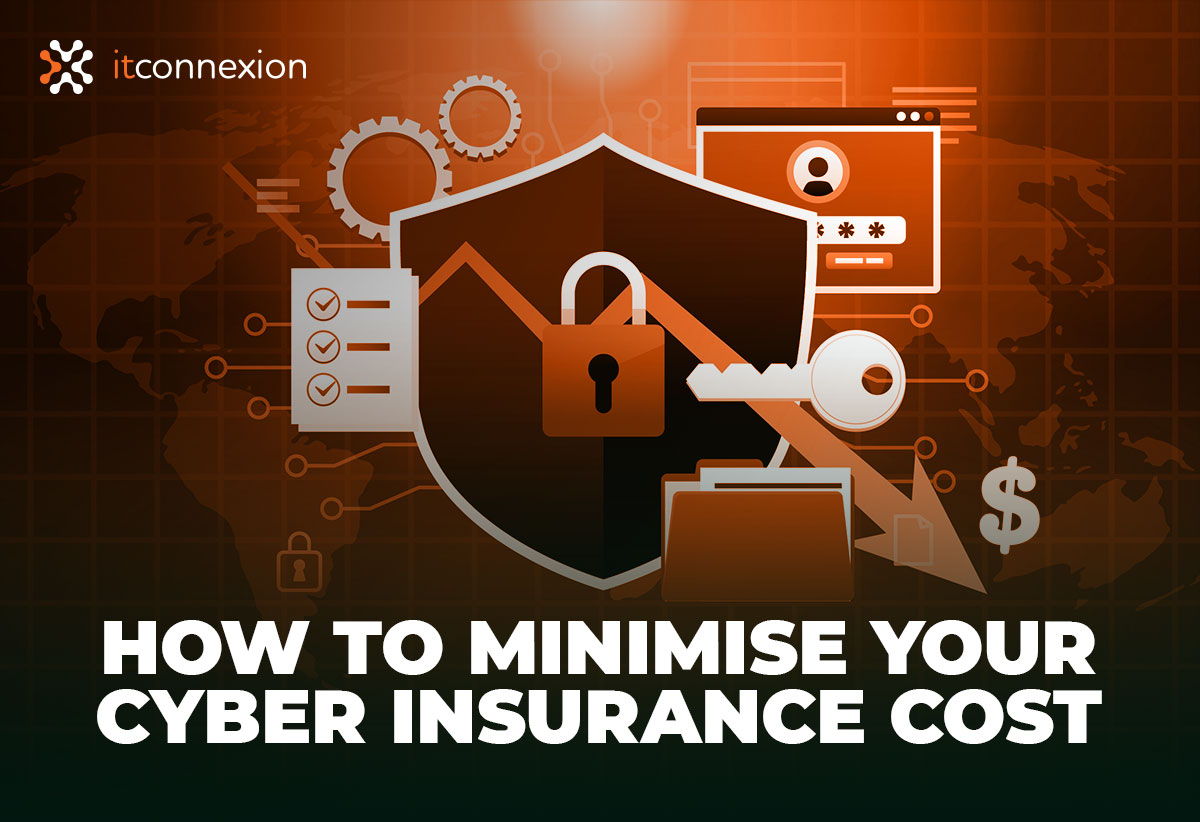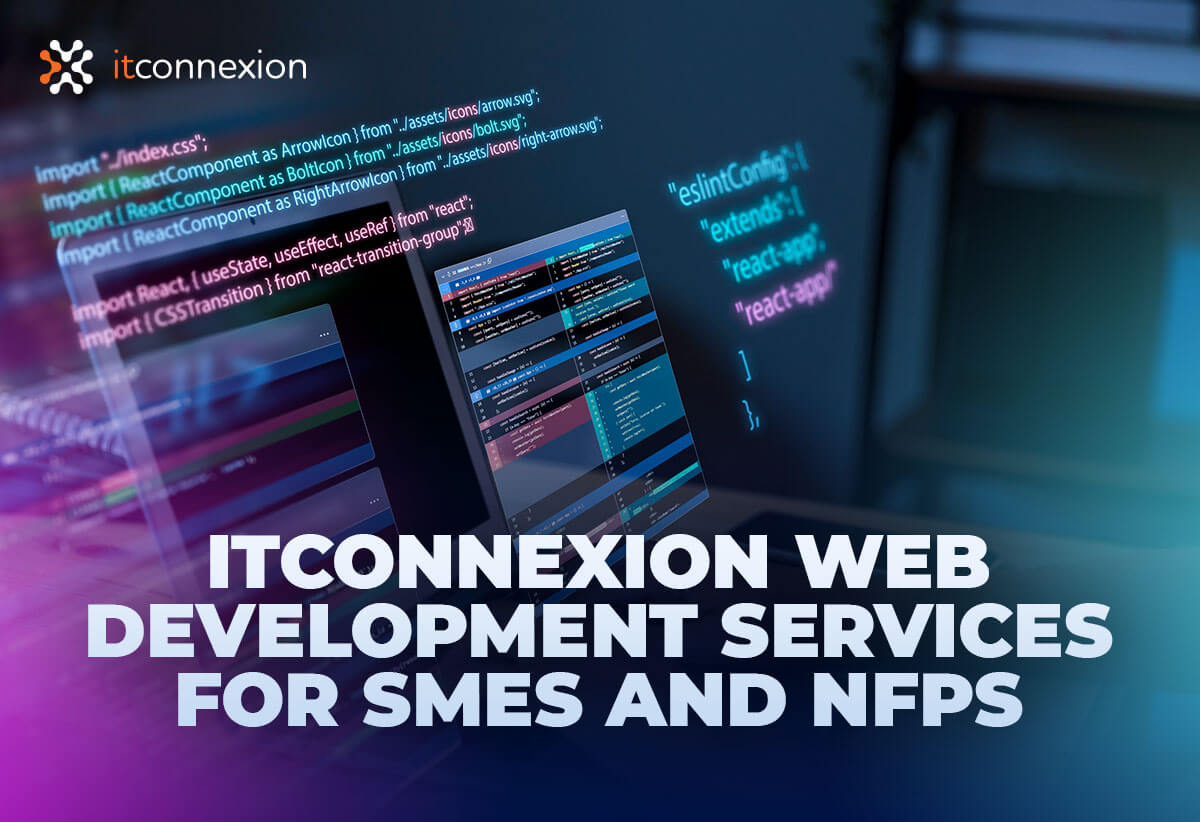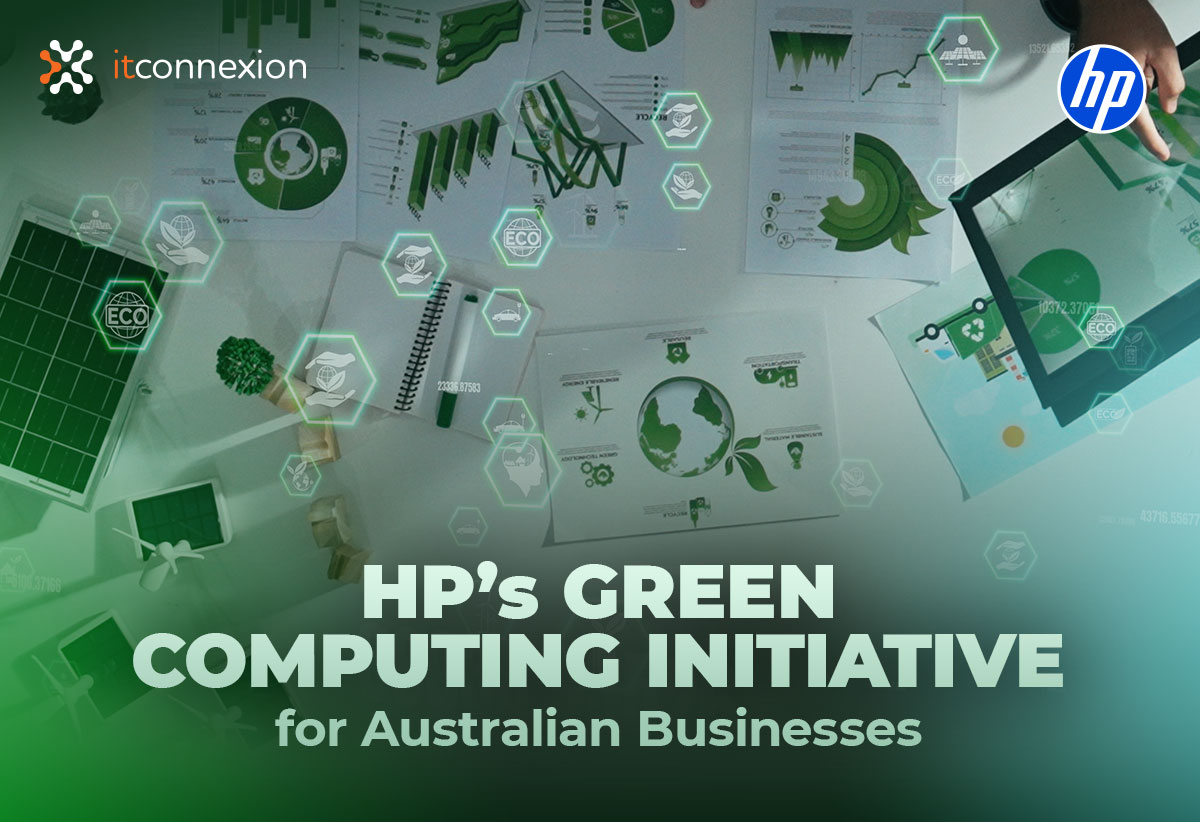Already today there are smarter ways to do things and smarter ways to drive down the risks associated with aging IT systems that are likely to add value to your business. The question is how much should you spend?
We have tried to set a guide based on a percentage of revenue but that is too vague for many businesses where maintaining margins is hard work. Often a better answer lies in reducing waste or risk. It is important to first of all understand your risk around IT through loss of systems or loss of competitive edge in the market place. Then look to business processes with high cost and look for technology to reduce that waste and so reduce the cost per product. That cost may be in marketing, sales, inventory, materials or time. The savings will build the business case for spending on IT.
Building a business case
There are some clear costs to IT that you can work into your business case. If you are using PCs, servers and mobile devices there is a cost to buying them and maintaining them. This may be a fixed cost if outsourced or a variable cost if you buy the equipment as needed. PCs will vary from a few hundred dollars to a few thousand depending on the demands you are placing on them from an email station running a couple of small spreadsheets to a workstation running 3D design tools. You should anticipate 3 to 4 years of performance from the right PC but to stretch it further will have hidden costs in increased downtime, maintenance costs and poor performance relative to newer machines.
For each new starter in your business you need to factor in annual cost of a PC, a device and software or if you are using Cloud factor in monthly fees. Again these will vary from application to application but you should be able to figure out what your costs will be. There is also a cost of supporting each person in your business on their IT tools which will either be a direct cost or a hidden cost. The costs are hidden when you have no formal support arrangement and your staff waste productive time fixing their own IT problems or working around them. Direct costs are usually lower than hidden costs because problems are fixed efficiently. Management of an individual’s IT environment will cost from a few hundred dollars a year to a few thousand depending on the complexity of the systems being used.
Dealing with growth
If your business is growing through any of the critical points of 5, 12, 20, 30 or 50 staff you may need to revisit your infrastructure strategy and change how you share, store and protect your data. As you pass through any of these phases you will need larger more expensive systems unless you have adopted a scalable Cloud solution that allows you to simply add one more team member to the account. Of course not all applications have a Cloud version yet so you may need to invest in a hybrid solution with some servers and some Cloud.
The more you can push to Cloud the less capital expenditure you will need to budget for but keep an eye on the comparison costs over a 4 year period. Many Cloud solutions are cost effective for the enterprise but not for the smaller business. For a fast growth start-up the cost of Cloud is not the issue as it is all about the freedom to grow without the need for expensive upgrades.
Understanding your business and getting the right advice on the suitable technologies may give you the advantage you are looking for. It is a great time in the IT technology cycle to be on top of your business and well informed.





